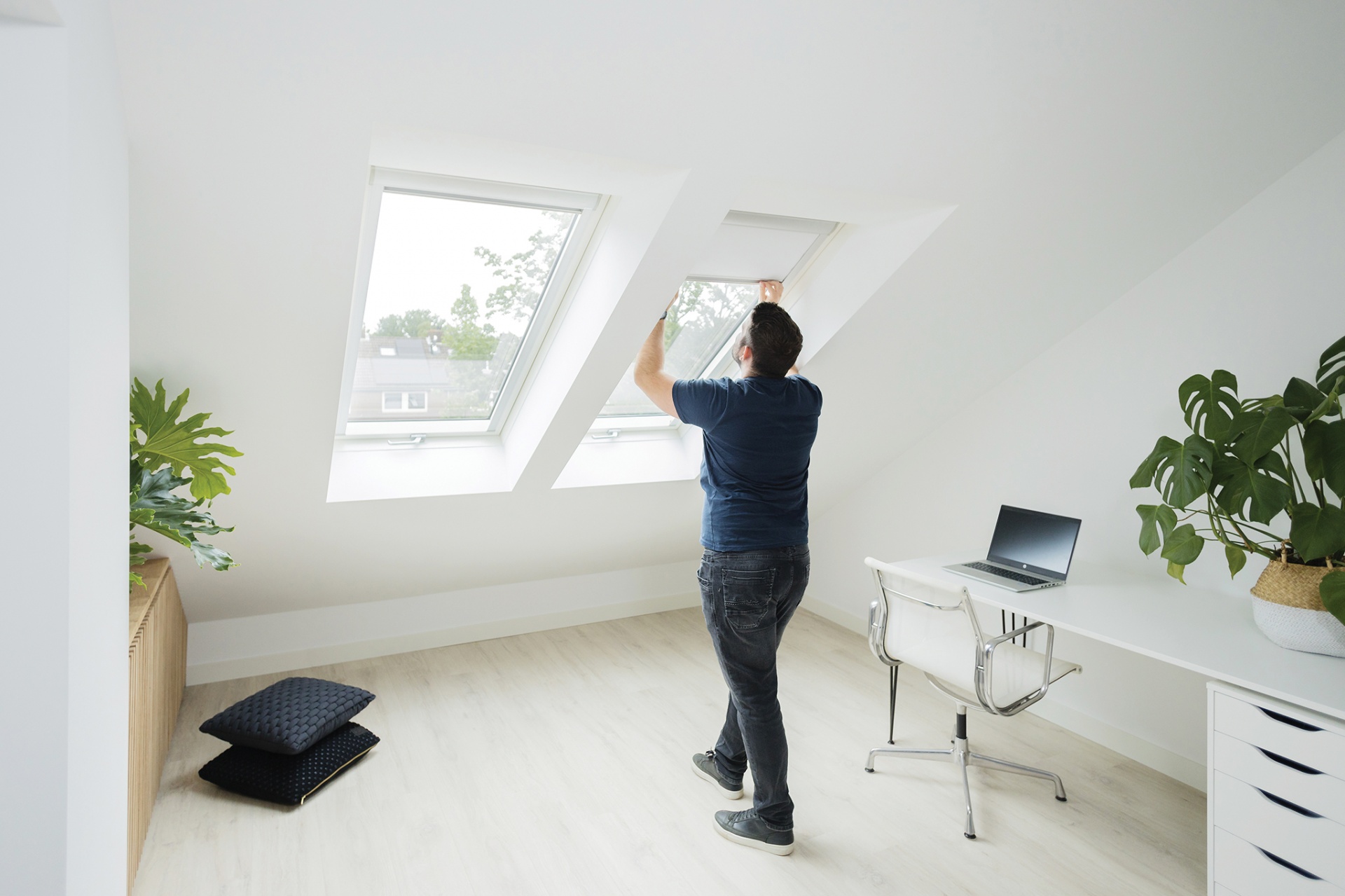Uw Coefficient – What Is It in the Context of a House and Apartment?
Thermal Insulation and Window Efficiency
Thermal insulation is a key factor in ensuring the tightness and quality of windows. It is particularly important in modern construction, whether in detached houses, flats, suites, or office buildings. After all, everyone wants to feel comfortable indoors, whether during the summer heat or the cold winter months.
This is where window joinery plays a crucial role. The effectiveness of its insulation is determined by the Uw heat transfer coefficient. Below, we will explore this concept in greater detail, answering the questions: what exactly is the Uw coefficient, what factors influence it, and how does it differ from other values listed in window technical specifications?
What Is the Uw Coefficient?
Thermal transmittance, also known as the U-value, is a fundamental concept in passive and energy-efficient construction. This coefficient measures how well a window insulates the interior of a building from external conditions. The better the thermal insulation value, the more comfortable you will feel in your home, and the lower your energy bills—particularly during winter.
From a technical perspective, the U-value determines the amount of energy that passes through a square metre of window surface per unit of time when the temperature difference on both sides is 1 degree Celsius. The lower the U-value, the better the insulation. This means higher energy efficiency and reduced heat loss.
Why Is the Uw Coefficient Important in Building Energy Efficiency?
As mentioned, the Uw coefficient is one of the most important parameters affecting the comfort of occupants and the overall energy efficiency of a building. But why is it so crucial?
The lower the Uw value, the less heat loss occurs inside the home. This results in improved comfort during both winter and summer, as well as significantly lower energy consumption for heating and cooling.
The U-value plays a vital role in modern passive construction, where minimising energy loss is a top priority. It is important to note that this coefficient applies not only to the glazing but to the entire window. Therefore, when selecting window joinery, attention should also be paid to:
-
The frame material,
-
Frame insulation,
-
The quality of window seals.
Investing in high-quality components ensures an optimal indoor climate for years to come.
How Is the Uw Coefficient Calculated?
The Uw value is determined by three key elements:
-
The window frame,
-
The glazing unit, and
-
The edge seal.
It is calculated by:
-
Multiplying the area and the thermal transmittance of the glazing,
-
Adding the product of the area and thermal transmittance of the frame,
-
Adding the length of the linear thermal bridge at the junction of the glass with the frame, multiplied by the linear thermal transmittance.
-
The total result is then divided by the overall window area (Ag + Af).
Although this calculation may seem complex, in practice, it is straightforward. As mentioned earlier, the lower the individual values, the better the Uw coefficient.
To summarise, the Uw coefficient is influenced by:
-
The inter-glazing frame factor,
-
The window frame area,
-
The window glass surface area,
-
The window profile system used,
-
The glazing package used (typically a triple-glazed unit).
How Does the Uw Coefficient Affect Heat Transfer in Homes and Apartments?
Nearly all European countries have regulations on maximum allowable Uw values. These are outlined in building regulations and specify the thermal performance standards that homes and other buildings must meet. Additionally, with ongoing changes to EU energy policies, these values are gradually being tightened to reduce energy consumption and carbon dioxide emissions.
Such regulations are justified, as the Uw coefficient has a significant impact on heat transfer within buildings. In practice, effective insulation means:
-
Better heating and cooling efficiency, as less energy is lost through window leaks.
-
Lower heating and air conditioning costs.
-
Greater indoor thermal comfort.

What Are the Benefits of Lowering the Uw Coefficient?
The Uw coefficient determines the amount of heat that passes through the entire window surface. In today’s construction industry, reducing this value is highly beneficial. The key advantages of lowering the Uw coefficient include:
1. Improved Energy Efficiency
The principle is simple: the lower the Uw value, the better the insulation. This results in:
-
Reduced heat loss in winter,
-
Lower demand for heating,
-
Significant energy savings and lower energy bills.
In summer, well-insulated windows also reduce the need for air conditioning.
2. Enhanced Thermal Comfort
High-quality window insulation helps maintain a stable indoor temperature. This ensures:
-
More precise temperature control,
-
Consistent temperature distribution throughout the home,
-
Reduced impact of external weather changes on indoor conditions.
3. Increased Property Value
Energy-efficient homes are more valuable. A lower Uw coefficient can enhance a property’s market appeal and competitiveness when selling.
4. Environmental Benefits
Reduced heat loss leads to lower electricity and heating demand, which in turn cuts CO2 emissions. Choosing products with low thermal transmittance is an eco-friendly decision.
How Can You Improve the Uw Coefficient in Your Home?
As a homeowner, improving the Uw coefficient starts with choosing high-quality materials for windows and doors. (For doors, a different coefficient is used.)
It is important to remember that windows and doors are long-term investments, often lasting for several decades. Cutting costs at this stage can lead to poor insulation and significant temperature fluctuations between the interior and exterior.
To maximise energy efficiency, special attention should be given to:
-
Window and door frames,
-
External walls,
-
Roof insulation,
-
Ventilation systems.
By focusing on these aspects, you can significantly enhance your home’s thermal performance, reduce energy costs, and increase comfort levels year-round.







